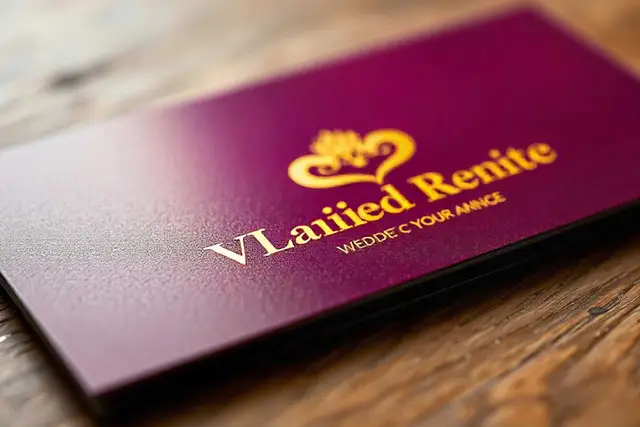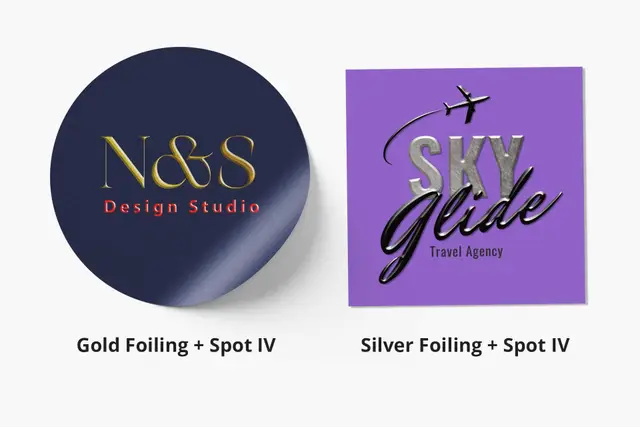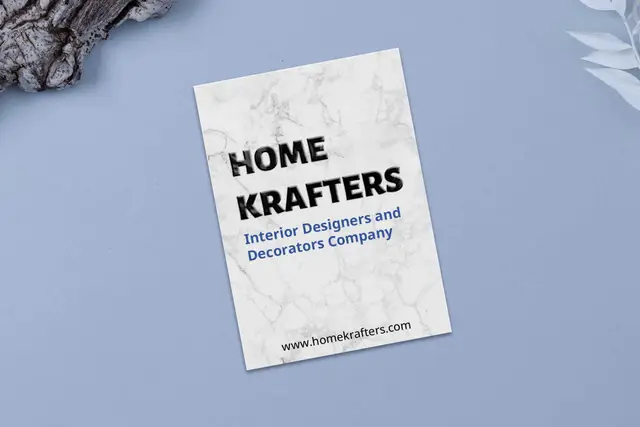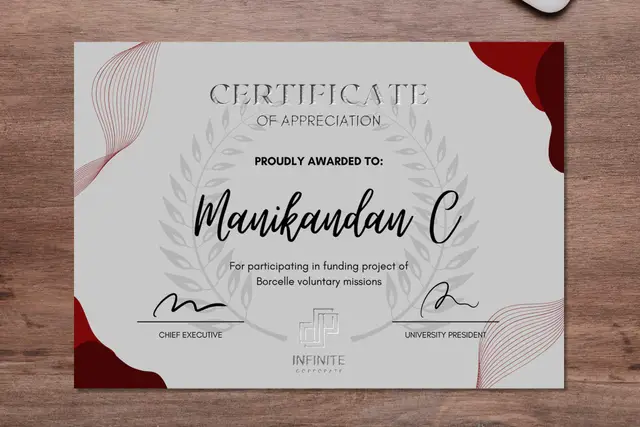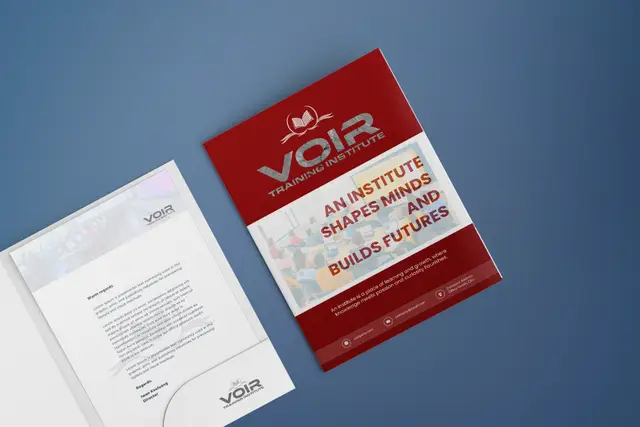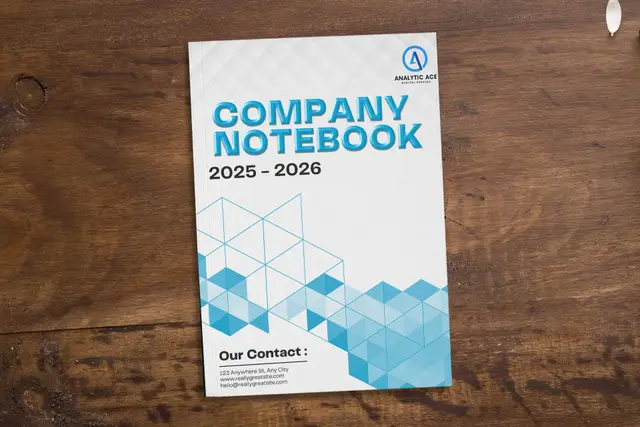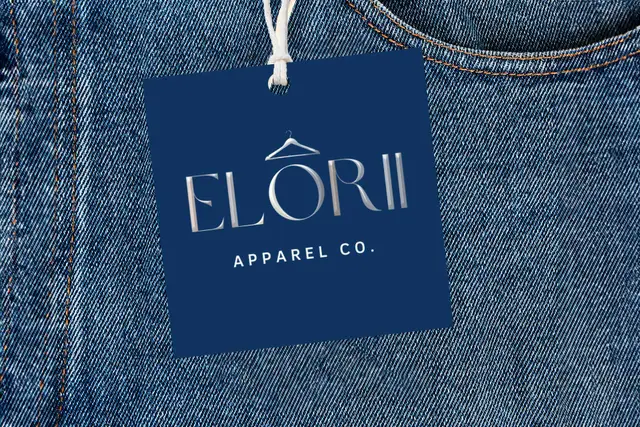Frequently Asked Questions
1. How is Foiling different from Spot UV?
Foiling applies a metallic or colored finish using heat and pressure, while Spot UV adds a glossy, raised coating to selected areas.
2. Which papers are best for these finishes?
Smooth, coated stocks like matte or velvet paper give the best results for both Foiling and Spot UV.
3. Can both techniques be used together?
Yes! Foiling can highlight metallic elements, while Spot UV adds glossy depth, creating a layered, premium effect.
4. How should I prepare my design files?
Create a separate vector layer for each finish.
Mark Foil or Spot UV areas in 100% black (K:100%) and label them clearly.
5. What’s the minimum size for details?
Foiling: At least 1mm thickness and 8–10 pt font.
Spot UV: At least 1mm thickness for sharp results.
6. Do these effects impact text readability?
Spot UV may reduce readability on small text in certain lighting.
Foiling is sharp and clear but best for bold fonts and larger areas.
7. How durable are these finishes?
Both are long-lasting, but for items handled often (like business cards), lamination is recommended to prevent wear.
8. Can I use gradients?
No, both effects work with solid shapes only. Foiling is flat, and Spot UV is either applied or not applied.



